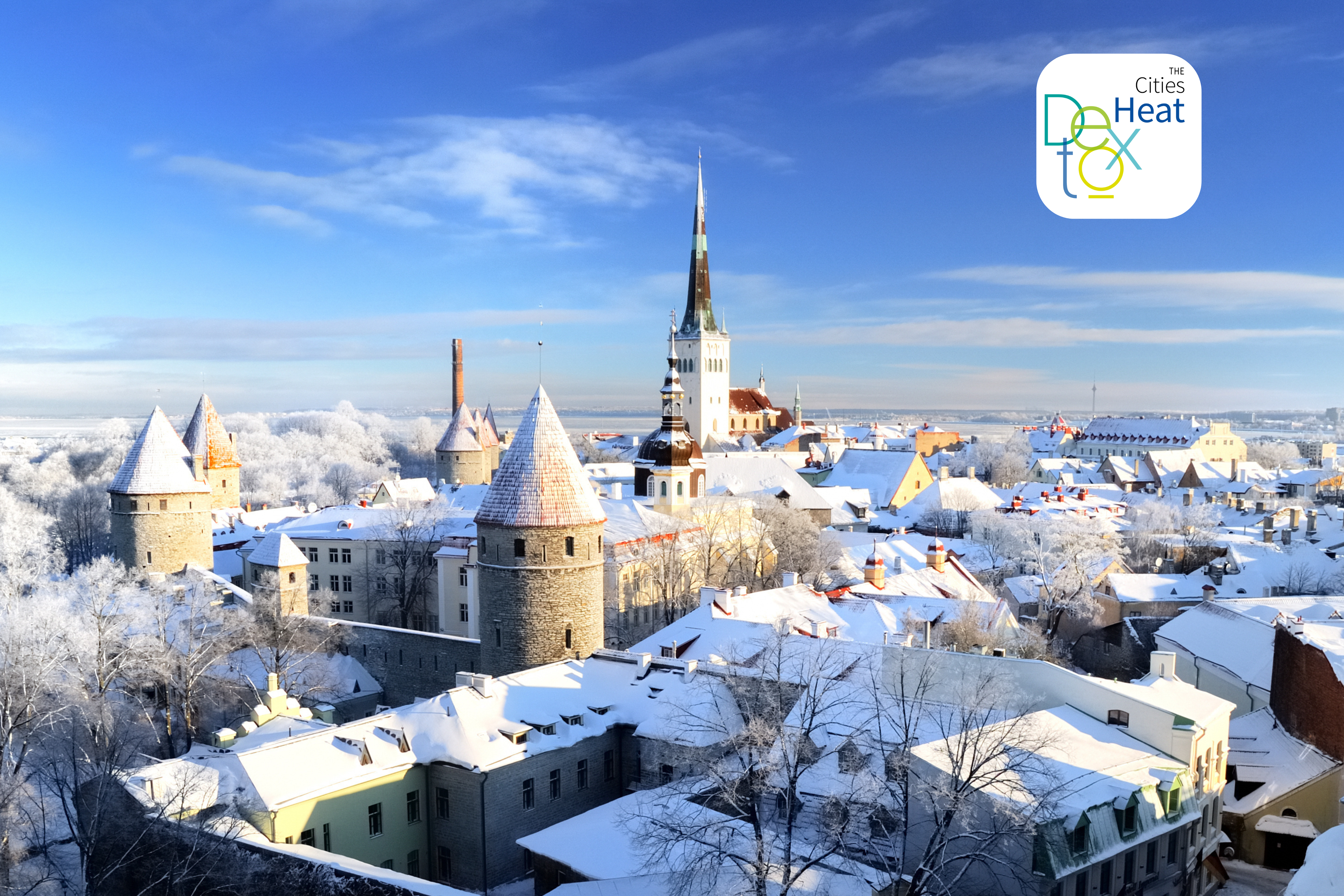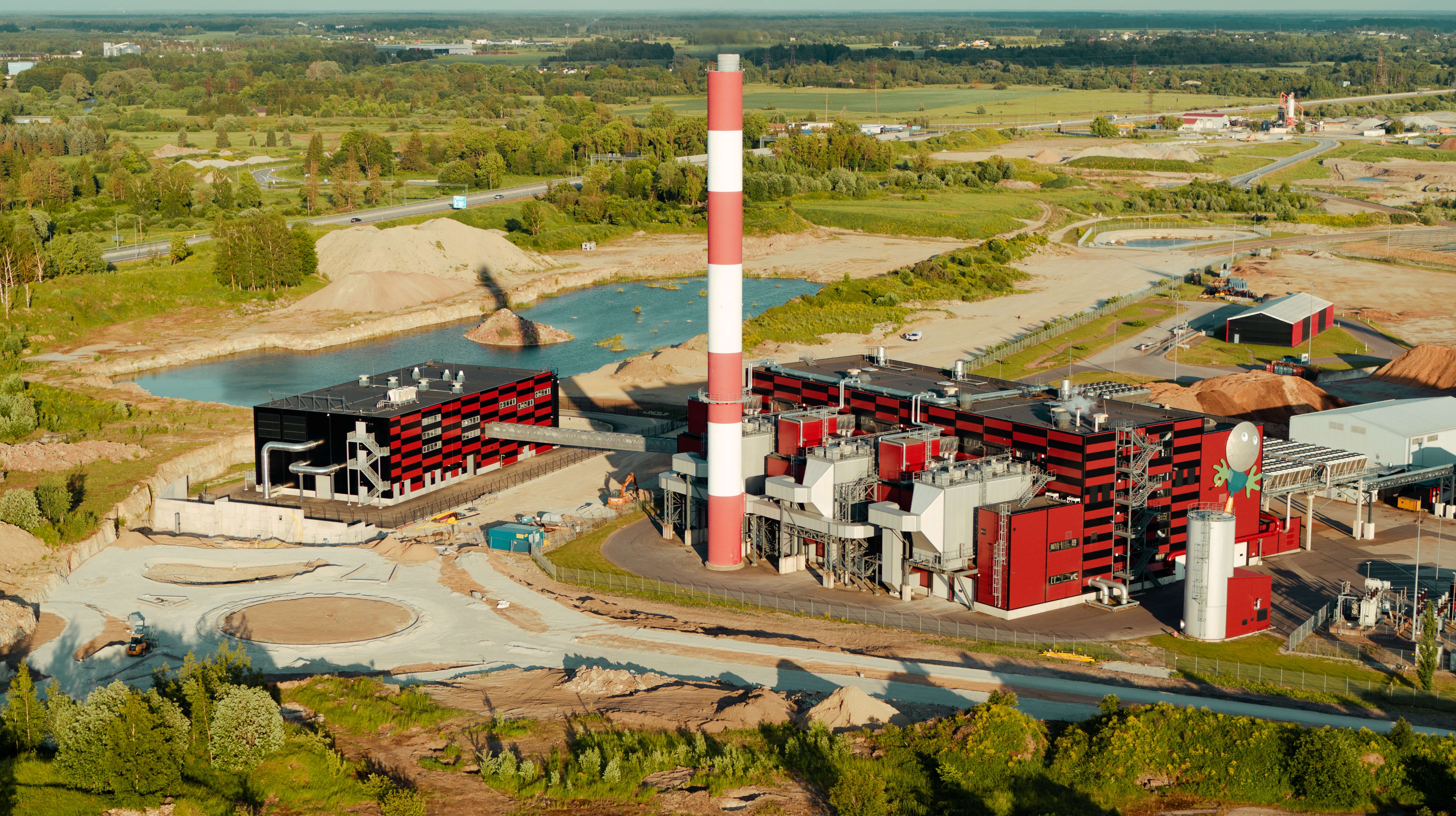Tallinn, Estonia

Located on the shores of the Baltic Sea in northern Estonia, Tallinn is a hub for start-ups and high-tech companies, while also drawing tourists to its beautifully preserved historic center. This vibrant city has been actively advancing sustainability initiatives in recent years, earning the title of European Green Capital in 2023. Now, Tallinn is fully committed to its heat detox as part of its ongoing efforts towards climate neutrality.
Tallinn’s way to climate neutrality
Situated in one of Europe’s coldest regions, Tallinn faces significant heating demands, meaning a substantial portion of its emissions stem from the heating sector. However, with an ambitious goal of becoming climate-neutral by 2050, Tallinn is striving to fully decarbonise its district heating system by 2030. As of 2024, this target appears increasingly attainable, as 70% of the district heating is already powered by renewable sources.
From Little to Zero
The City of Tallinn and OÜ Utilitas have formed a joint company Utilitas Tallinna Soojus. Utilitas has long been aware of concerns related to the safety, environmental impact, and price volatility associated with natural gas and fossil fuels. In 2021, to address these concerns and meet the requirements for climate change and energy security, Utilitas developed a carbon neutrality strategy titled "From Little to Zero." Initially, the plan envisaged achieving carbon neutrality in the company's operations by 2030 at the latest. However, due to the energy crisis of 2022 and the use of natural gas as a geopolitical weapon by Russia, it was decided to reassess the strategy. Therefore, Utilitas decided to accelerate its investment plan as swiftly as possible.

A unique detox mix
With this goal in mind, the implementation of Tallinn’s heat plan is already well underway. The city’s district heating primarily relies on biomass residue and, more recently, energy from its largest solar park. Efforts are also in place to decarbonise the remaining heat supply. Heat pumps are being installed in the sea to replace fossil gas, and there are plans to utilise low-temperature heat from treated sewage water as well.
Overcoming challenges
The finish line is already on sight, but there are still obstacles to overcome. For Tallinn, there’s still work to do in order to connect to the buildings that are not yet supplied by district heating. It is now fundamental to incentivise local population to make the switch, and to keep a structured plan to install and refurbish the network without causing much trouble to the residents.
Tackling new demands
Traditionally concerned mostly with heating, the cold city of Tallinn now faces the need to cool as well, as summers get progressively warmer. To meet this new demand, the city started in 2019 to build a district cooling network, which has been expanded every year in the city centre by approximately one kilometre. This network is designed to be carbon neutral from the outset.

Main challenges to detoxify heat:
- Connecting buildings that are not yet supplied by district heating.
- Convincing households to switch to district heating when gas prices are coming down.
- Constructing new pipes and refurbish existing ones without creating a huge mess in the city.
Next steps:
- Expand and implement the district cooling network.
- Increase the production of renewable energy.
- Develop pilot projects for taking hydrogen in use.
- Invest in 110 MW heat pump plant to use low temperature heat from treated sewage water and seawater.
Where is Tallinn in its heat strategy:

Tallinn's Heat Detox

Key Heat Figures:
- Km of DHC currently: 520 km
- Km of DHC planned: up to 10 km more
- Percentage of renewables in heating system: 70%
- The District Heating will be carbon neutral by 2030
- The The District Cooling network, which is being developed, will be climate neutral from its start
- The rest of the heating system will be climate neutral by 2050
Covenant Figures:
- Signatory to the Covenant of Mayors since: 2009
- Emission reduction ambitions:
- % GHG emissions reductions by 2030: 40%
City Awards:
- European Green Capital 2023
Financing your Heat Strategy
Tallinn plans to invest up to 500 million euros by 2030.
Sources of funding: Private capital, bank financing, potential EU funding.
